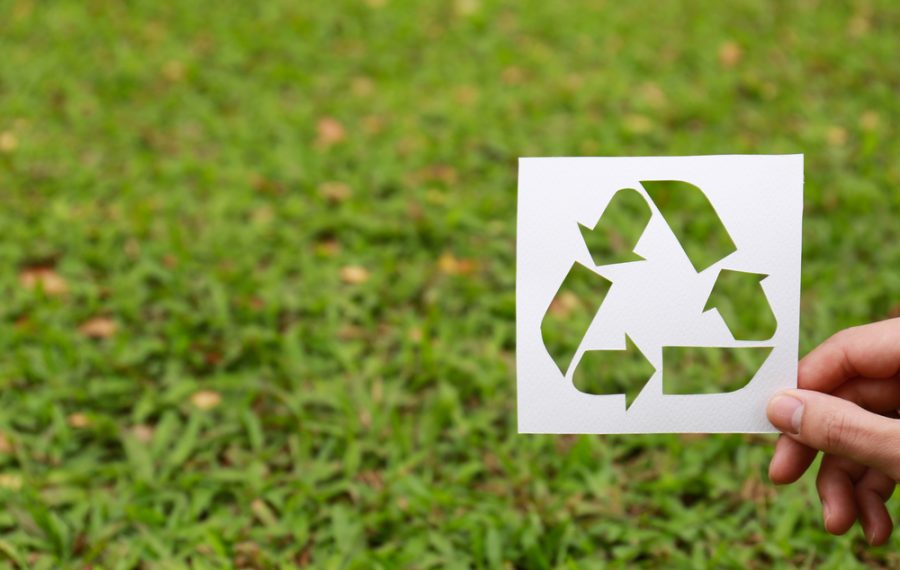Sustainable buildings require efficient design, low energy consumption, and environmentally friendly materials. Suitable building materials can lower the construction cost and reduce maintenance costs over the structure’s lifespan.
Eco-friendly building materials are certified to be low in toxicity and chemical reactivity. They are also often reusable and less energy-intensive than their traditional counterparts.
Insulated Concrete Forms (ICFs)
Insulated concrete forms (ICFs) are a newer form of building that replaces wood framing. Instead of using studs, ICF walls are constructed of hollow blocks of expanded polystyrene that interlock and are filled with concrete. The walls are robust and energy efficient. The foam also dampens exterior sounds and provides excellent fire protection.
ICFs come in various shapes and sizes and can be used to build any foundation, wall, or roof. They are also compatible with any siding or finishes. Services such as plumbing and electrical are run through the concrete core before it is poured, and interior wall materials purchased with a Home Depot promo code can be covered with drywall or plaster.
ICFs are more sustainable than traditional materials because they reduce the amount of carbon dioxide in the air and extend their lifespan. Moreover, they require less maintenance and are a healthier environment for homeowners. This is why many insurance companies offer discounts for homes built with ICFs.
Mycelium
Mycelium is a naturally occurring plant material that can produce lightweight, low-density building materials that provide thermal and acoustic insulation. The material is also biodegradable and offers fire resistance, which makes it a viable alternative to synthetic foams.
The fungi’s structure and material properties can be controlled by modifying the species of fungus, its growing conditions, and the post-growth processing method. This flexibility allows mycelium to be produced as both low-value, disposable materials for packaging and a wide range of high-value composite materials used for construction purposes.
Mycelial cells contain chitin, which provides strength and rigidity to its cell walls. Chitin is a natural polymer, and it has been used in medical applications. It is also possible to produce chitin by purifying it from crustacean shells.
Mycelium can be fabricated into various shapes and structures, including panels, furniture, and flooring. Using 3D printing, mycelial materials can be created with the specific mechanical properties needed for an application. For example, a mycelium-based foam can be manufactured with different densities to meet the mechanical requirements of various engineering applications.
Recycled Plastic
One of the most significant benefits of using recycled plastic in green buildings is that it eliminates the need for raw materials to be extracted from the earth, thus reducing the carbon footprint associated with producing the material. It also helps reduce landfill waste and pollution while saving trees and other natural resources.
The most common types of recycled plastic are #1 PET (polyethylene terephthalate), #2 HDPE (high-density polyethylene), and #4 LDPE (low-density polyethylene). # 1 PET can make shampoo bottles, cosmetic caps, and packaging films. It can also be downcycled into plastic lumber, picnic tables, roadside curbs, and benches. # 2 HDPE can be made into milk jugs, bleach and detergent bottles, laundry baskets, bottle carriers, other household items, and plastic toys and garden hoses. It can also be processed into drainage pipes, flooring, and shower curtain vinyl.
#4 LDPE is typically recycled into plastic bags and cling wrap, but it can also be made into mud flaps and orange traffic cones. Research is ongoing into more advanced recycling techniques, including chemical recycling, which could help repurpose plastics that can’t be mechanically recycled.
Straw Bale
Straw bales are a sustainable, bio-based insulation material for construction that utilizes a co-product of cereal food crop production. They offer a high thermal performance that can rival stick frame homes, and the bales themselves are renewable and recyclable. Straw bale construction is still a relatively niche building method, but it has gained widespread acceptance in recent years due to new research, construction innovations, and code-approved construction methods.
The challenge with straw bales is that they are susceptible to moisture and must be conditioned during the building process. Proper conditioning allows the bales to shrink, dry, and resist mold and mildew growth. It also prevents the bales from becoming too compressed, which can cause them to crack.
In addition to being a sustainable insulation option, straw bale walls are an attractive design element in homes. The textured surface of straw bales is a beautiful backdrop for earthen and mineral plasters that adhere well to the material. These finishes also reduce the amount of volatile organic compounds in the home. If you want an even more natural look, consider nontoxic Real Milk Paint. The colorant is made with all-natural ingredients and biodegrades for an environmentally friendly finish.
Rammed Earth
Rammed earth is a popular building technique in which a mixture of clay, sand, and aggregate is packed tightly into forms. It is a green construction method that requires no chemical preservatives and has low embodied energy. It is also non-toxic, termite-proof, and inherently fireproof. It is highly energy efficient and breathable, which helps to regulate temperature and humidity within the home.
The natural earth colors and textures of rammed earth walls create an aesthetic harmony that connects the residents to the qualities of nature. The thick walls protect against weather extremes, and the slow penetration of heat or cold into a rammed-earth house makes living very comfortable.
The construction of rammed earth is time-consuming and requires specialized skills. It is not suitable for areas prone to earthquakes and other natural disasters. Additionally, if cement is included in the earth mixture, sustainable benefits such as humidity control and thermal mass will be lost. However, this can be avoided by using a concrete substitute such as ground-granulated blast furnace slag.

